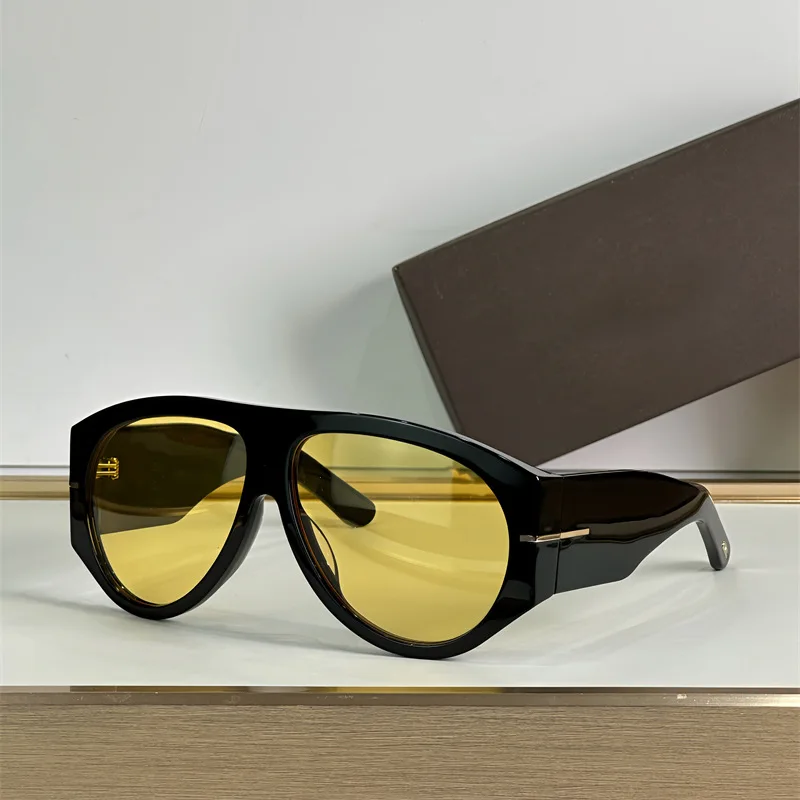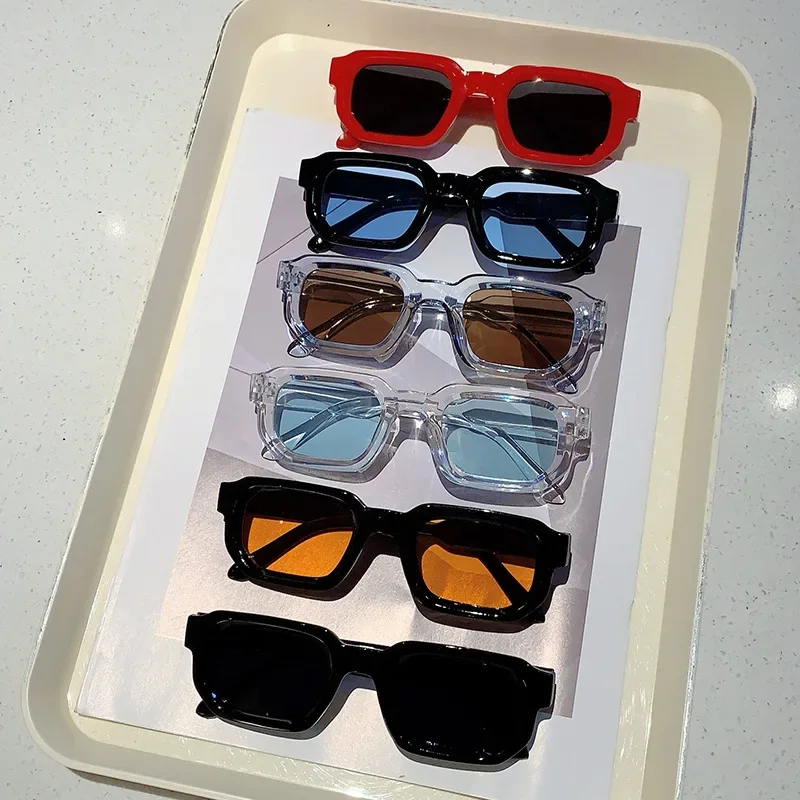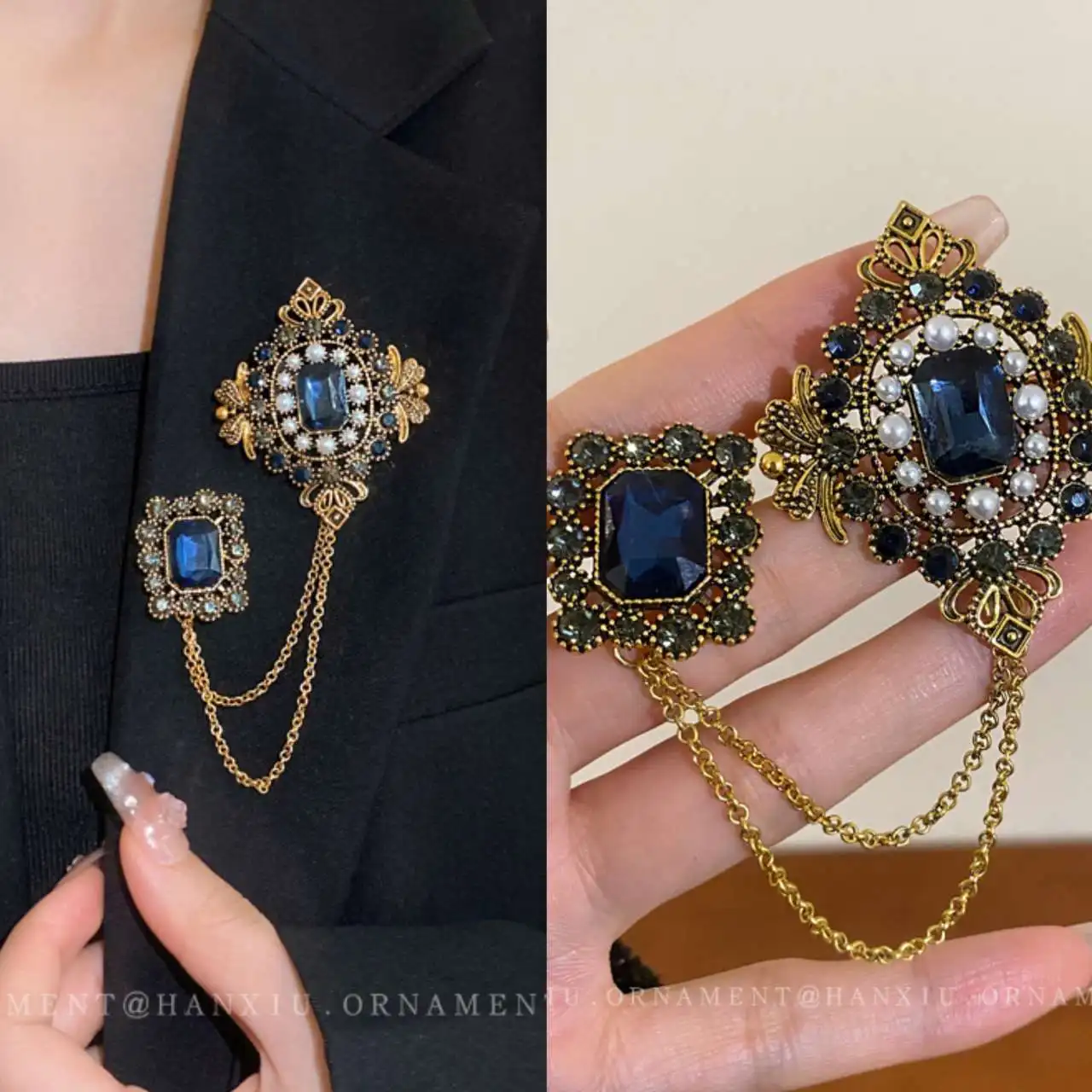A brief overview
In 2025, the plus-size fashion movement is gathering momentum, but it is also receiving pushback.

Courtesy of Canva
A Market Experiencing Growth – Fashion for Every Body
The economic juggernaut of size inclusivity is hard to refute. In 2023, the whole planet’s plus-size clothing market, which was over $114 billion, is projected to exceed $178 billion by 2032. Just about all brands, from fast fashion to luxe, are starting to wake up to reality and what consumers have always known: style has no size.
All of this financial upside depends, however, on a more sophisticated and digitally engaged consumer. They are demanding better fit, quality, and representation, and they are utilizing their economic power to reinforce companies that comply. Online shopping experience, inclusionary sizing filters, and images of diverse models all contribute to enhancing the consumer experience by giving shoppers more access to the type of clothing that reflects who they are. Representation: Two Steps Forward, One Step Back – The booming market tells a different story on the runway.
Vogue Business reported that only 0.3% of the looks shown during major fashion weeks in early 2025 were plus-size. This is down from the previous season’s if we even consider that the fashion world with its Curvy Models like Precious Lee and Paloma Elsesser progressed. Environments that promote body inclusivity in fashion seem to be pushed aside, now it becomes a question of whether fashion will respond to the needs of the plus-size model community, once again.
We are beginning to see discrepancies, so while consumers’ demands are increasing, and offerings are improving, the industry’s previously elite and exclusive spaces (the catwalk, editorial and campaign boards) have gone back to exclusivity (we should be as inclusive).
Brands Stepping Up
It isn’t all doom and gloom. Brands like Ganni and working with Paloma Elsesser launched a size-inclusive capsule collection to EU size 52, proving once again that style and substance can co-exist. ASOS, Universal Standard, and Good American are facing the same challenges in every category of apparel, offering great inclusive sizing.
But the consumers are watching. Simply adding a few sizes to a collection and calling it an improvement is no longer enough. Inclusivity must be integrated into product development, fit models, marketing, and executive leadership for it to stick.
“Inclusivity is not a seasonal change…it has to be part of the brand’s DNA”, said a recent Refinery29 editorial article on body diversity in fashion.
More Than Fashion: Cultural Representation Grows
The movement towards body positivity has expanded beyond the rack. In 2025 we are seeing plus-size representation in beauty, entertainment, and gaming. Earlier this year, video game Fortnite addressed controversy and celebration in their introduction of options for characters with more diverse bodies in a game that opened its cultural conversation on social media. Similarly, Indian plus-size model Sakshi Sindwani will walk the red carpet at the Cannes Film Festival with L’Oreal as it brings a historic event of visibility of South Asian representation in global media. These examples of reality prove that inclusive representation is quickly becoming a cultural norm, and not just a fashion norm.
What’s On The Road Ahead
There is no denying that plus-size fashion has made powerful strides. Consumers are demanding more, the market has grown, and the conversation around body diversity in fashion is at an all-time high. But progress is not linear. The shift back in runway representation is a reminder that change must continuously be fought for and protected.
As the journey to 2025 continues, our target should be none other than: “inclusivity can never be another marketing slogan, it requires residence in the industry-setting an unobstructed route through the racks, back offices, and runways.”
Because fashion should never mean shrinking to fit in, it should mean growing to fit everyone.





















